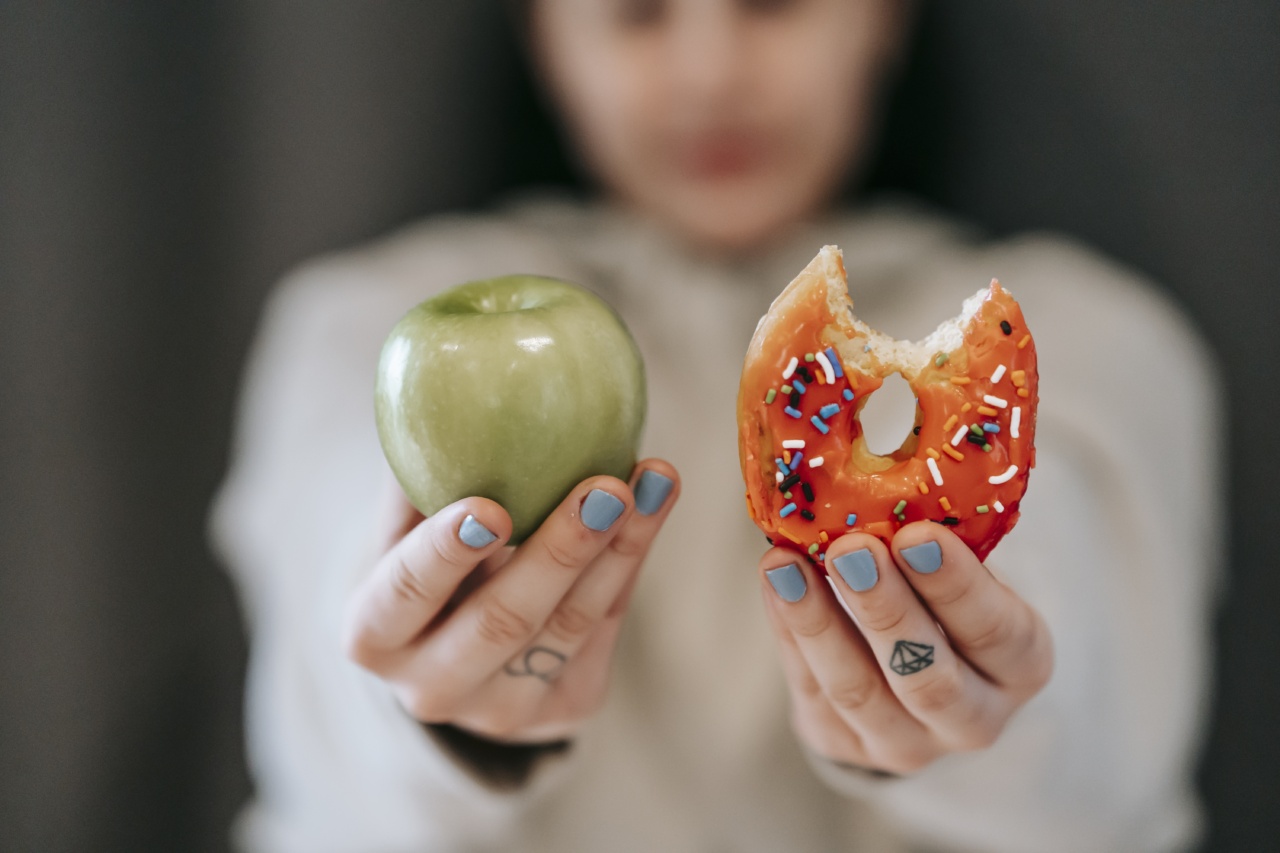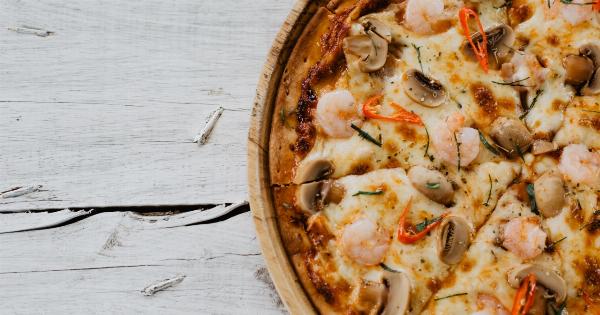Are you someone who keeps track of your sugar intake every day? Do you know how much sugar you are consuming through the food and drink you have every day? Most of us associate sugar with the white, granulated crystals we add to our coffee or use in our baking. However, there’s more to sugar than what we see on the surface. Hidden sugars are everywhere in our diet, from breakfast cereals and energy bars to fruit yoghurts and soda.
What are hidden sugars?
Hidden sugars refer to sugars added to food and drinks during processing or preparation. These sugars are not always visible, making them hard to detect.
Manufacturers often add more sugar to their products to enhance the taste and prolong their shelf life, but this also increases the sugar content in our diet.
Why are hidden sugars a concern?
Consuming too much sugar can have negative health implications on our bodies, such as type 2 diabetes, obesity, heart disease, and tooth decay.
With hidden sugars, it can be difficult to track our sugar intake, making it harder to monitor and control our sugar intake on a daily basis. Hence, it is essential to know and track the amount of hidden sugars in our diet to maintain a healthy lifestyle.
How much sugar should we consume daily?
The World Health Organization recommends consuming no more than 25 grams, or around six teaspoons, of added sugars per day for adults. That is not a lot when you consider a single can of soda can contain up to ten teaspoons of sugar.
It is worth noting that the WHO guidelines refer to added sugars only and not to sugars found naturally in fruits and dairy products.
How to identify hidden sugars in your diet?
Reading food labels can help to identify hidden sugars in your diet. Sugars can be listed on the ingredient list of a food label by more than 60 different names, which can make it difficult for consumers to identify added sugars.
Some of the common names for added sugars include:.
- Glucose
- Fructose
- Corn syrup
- Molasses
- Honey
- Agave nectar
- Cane sugar
- Maple syrup
- Coconut sugar
- Date sugar
- Rice syrup
- Barley malt
- Dextrose
By scanning the ingredient list, you can make better-informed decisions about the amount of sugar you are consuming.
Where are hidden sugars commonly found?
Hidden sugars can be found in almost any processed foods, from breakfast cereals, pasta sauce, bread, soup, and even baby food. Here are some examples of foods that commonly contain hidden sugars:.
Breakfast cereals
The breakfast cereals we consume daily may contain more sugar than we realise. Some of the popular brands of cereal can contain up to 10 g of sugar in one serving.
Instead, it is recommended to switch to unsweetened breakfast options like plain oatmeal or whole-grain toast with almond butter and banana.
Flavoured yoghurts
A container of flavoured yoghurt can contain around 20 g of sugar. It is better to switch to unsweetened plain yoghurt or Greek yoghurt and add fresh fruit or a drizzle of honey for added sweetness.
Energy bars
Energy bars are often marketed as healthy snacks for those on-the-go, but they can contain up to 30 g of sugar per bar. It is better to opt for a piece of fruit or a handful of nuts for a more nutritious snack.
Soda and energy drinks
A typical can of soda can have up to 39 g of sugar, which is more than the recommended daily intake. Instead, try to replace soda with water or unsweetened sparkling water with a slice of lemon or lime to add a refreshing twist.
Cookies and cakes
Cookies and cakes may taste delicious, but they are also loaded with sugar. You can try substituting with healthier alternatives such as homemade oatmeal cookies sweetened with dates or bananas.
Reducing hidden sugar intake
Reducing hidden sugar intake does not mean cutting out all sugar from your diet altogether. It is about becoming more aware of what you eat and making healthier choices. Some tips to reduce hidden sugar intake include:.
- Read food labels and choose products with less added sugar.
- Choose whole foods like fruits, vegetables, and grains over processed foods.
- Opt for unsweetened drinks and baking products.
- Drink plenty of water throughout the day.
- Choose desserts in moderation and use natural sweeteners like honey or dates over refined sugars.
Conclusion
Hidden sugars lurk in many of our favourite foods and drinks and can quickly add up, contributing to various health problems. Identifying hidden sugars and reducing our intake is important for maintaining a healthy lifestyle.
By reading food labels, making healthier food choices, and reducing our sugar intake, we can take steps towards a healthier and happier life.


























